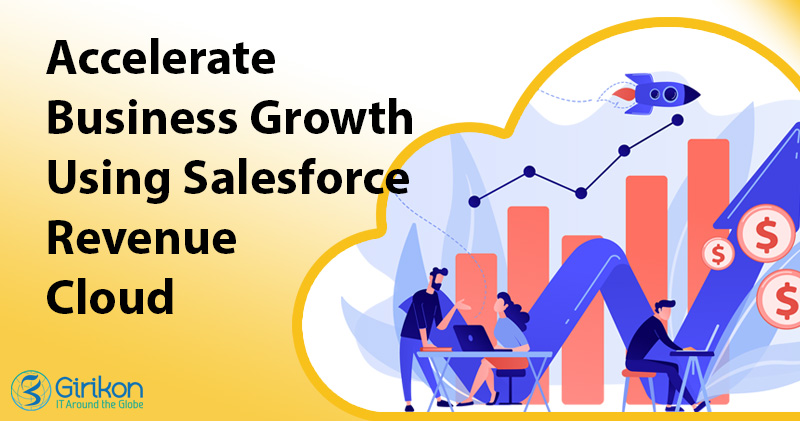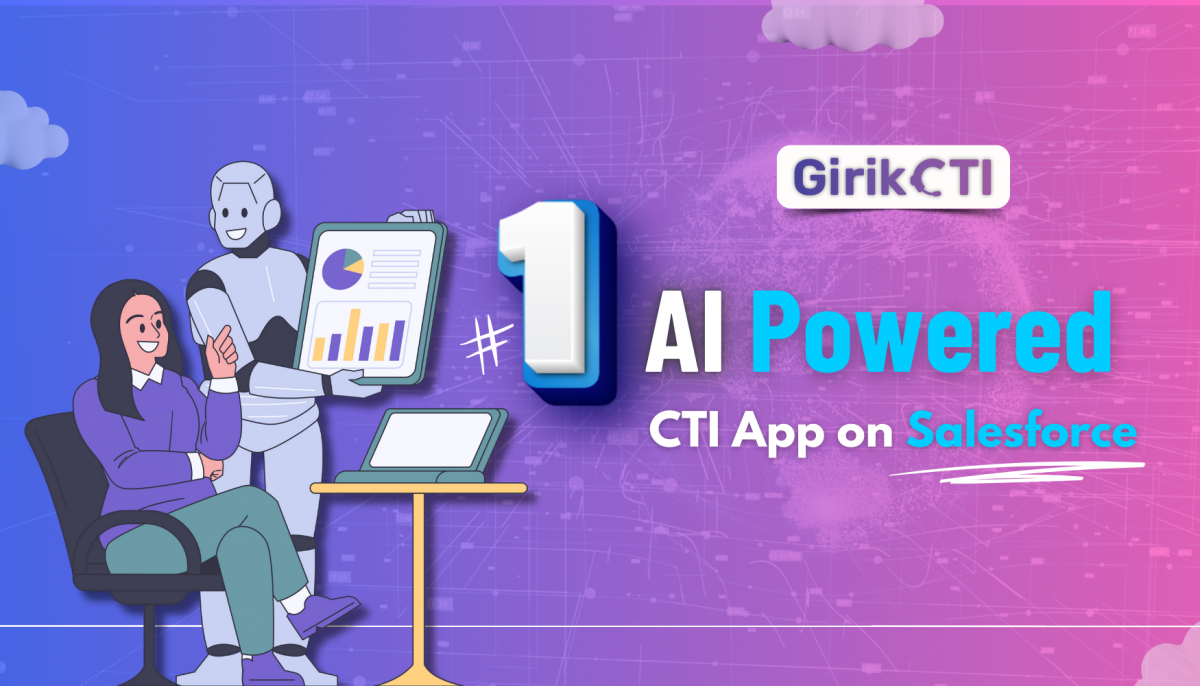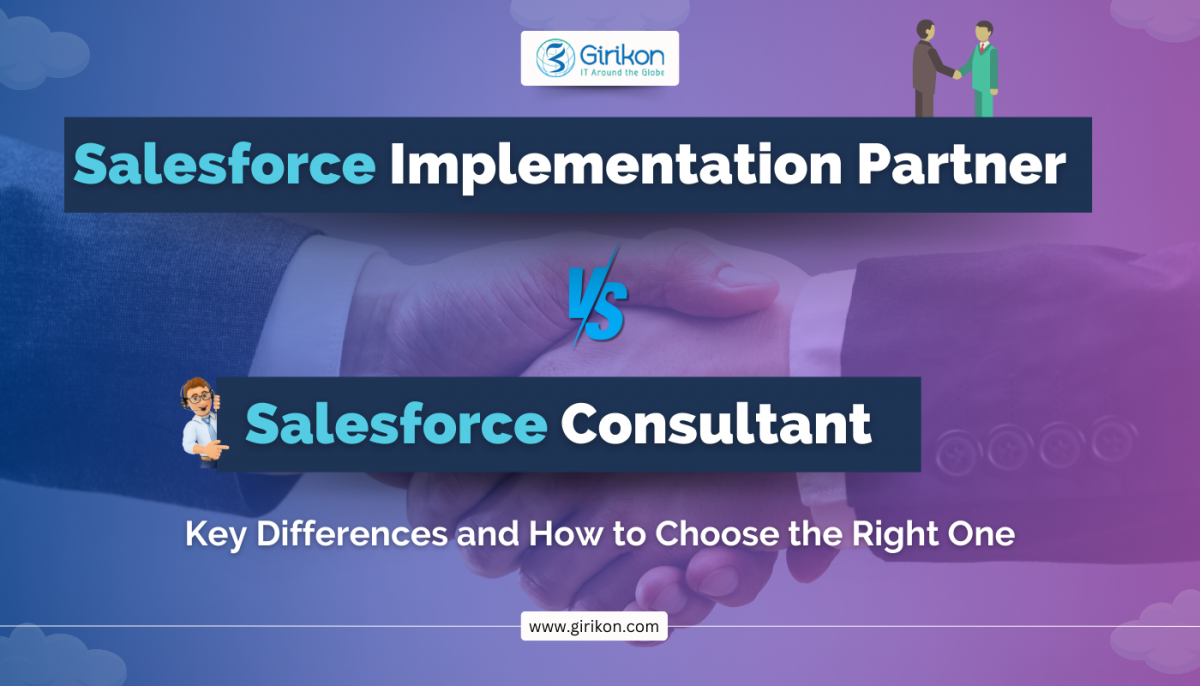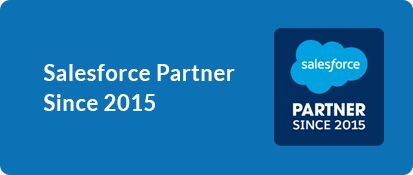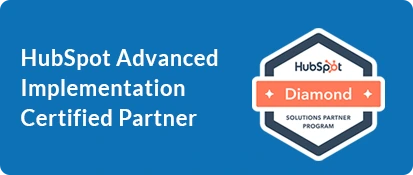To sustain in today’s cutthroat business landscape, organizations should have in place a robust and well-planned marketing strategy with well-defined milestones and objectives. Inbound marketing has proven to be one of the most effective options within the marketing realm. Though inbound marketing can be tricky and might require a little hard work, it’s a cost-effective process that allows organizations to convert customers organically and boost their profits. In fact, several marketers have stressed the significance of using inbound marketing for phenomenal business growth. With a robust tool like HubSpot, inbound marketing can become a breeze.
Well-executed inbound marketing is 10 times more effective than outbound marketing for lead conversion.
What is HubSpot?
HubSpot is one of the best inbound marketing platforms that can be leveraged by organizations to simplify and make the most of their inbound marketing efforts. The robust marketing tool brings together all the software, services, and support systems into a single place. So, rather than spending time and money juggling multiple software and systems, it makes sense to install HubSpot that makes everything very simple. To realize the benefits of this platform, organizations should consider partnering with a reliable HubSpot Consultant.
Listed below are reasons why HubSpot is the answer to all your marketing needs:
All in one Toolset: HubSpot allows organizations to centralize all their activities in a single place rather than juggling between multiple tools and software by pulling up multiple systems and shifting from one window to the other to manage the work. HubSpot allows storage of emails, blogs, forms, landing pages, etc. The platform offers multiple options such as an SEO view, reporting options, and tools like Socia Inbox that align different social media accounts of an organization into a single place. This means that organizations can now access their different social media accounts (Facebook, Linkedin, and Twitter), monitor, reply, and schedule imminent posts from a single place.
Personalization: HubSpot offers some options for personalization, which when leveraged by organizations can bring true value to all the inbound marketing efforts. The option of Smart CTAs (smart call to action) can be built within the user website along with their COS (content optimization system) and is built for improved responsiveness, personalization, and smart CTA.
Automation: Automating tasks and systems often becomes necessary and this becomes easier with HubSpot. For instance, the marketing automation app of workflows automates as little or as much of your efforts as you wish, appropriately and measurably. The best thing about Workflows is that it taps into the HubSpot platform enabling the creation of things such as email lists that can be built on any criteria.
Easy Navigation: HubSpot is all about streamlining your inbound marketing strategy. This becomes possible as it allows keeping all the tools in a single place. Apart from this, HubSpot is an easily navigable software, for instance, let’s take a look at the task of reporting, which usually most people get intimidated by. The robust platform offers free reporting along with event analysis and can guide you to create organizations to create their customizable reports. Being a growing industry, inbound marketing offers immense potential. HubSpot consistently offers new tools that are designed to meet the needs of the evolving industry while ensuring that its users’ life remains simple.
Customer Relationship Management: Among all the marketing tools used by organizations, a CRM system remains the most important one. With HubSpot, you get a free CRM that is installed within the platform. It pulls data from the users’ contact details and provides information regarding the interaction of leads with their content. The CRM pieces together all the information regarding a lead and presents a complete profile to the sales team for their ready use.
Quick Wrap-up:
As a robust inbound marketing platform, HubSpot offers numerous benefits that can simplify and maximize your inbound marketing efforts. However, one of the major benefits involves improving the quality and volume of leads generated, the rate of conversion, and the most significant revenue. It makes sense to get in touch with one of the best HubSpot Partners to realize the significance of this inbound marketing platform.

 +1-480-382-1320
+1-480-382-1320 +61-1300-332-888
+61-1300-332-888 +91 9811400594
+91 9811400594
